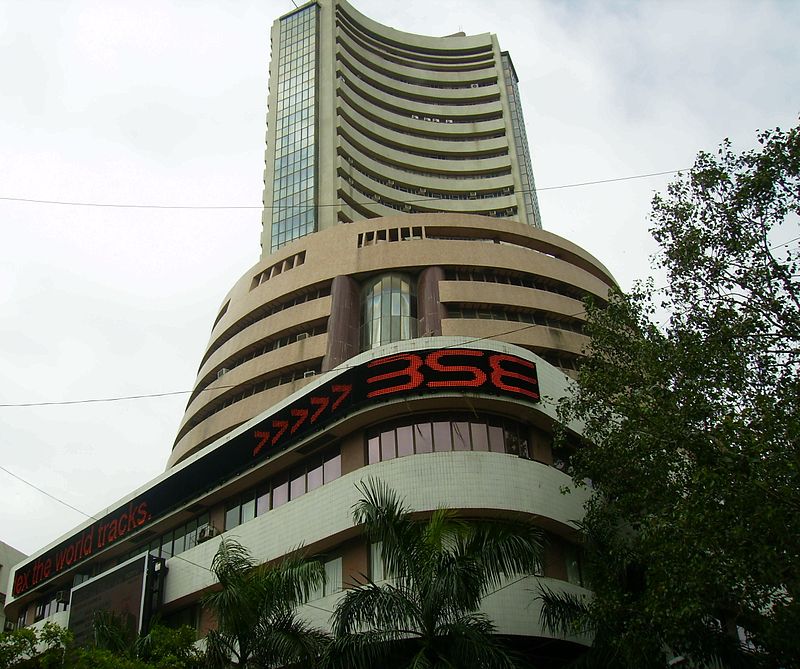Bengaluru– India remains the fastest-growing large economy in the world, with GDP expected to increase by 7.5 percent in 2016 and 2017, the International Monetary Fund (IMF) said on Monday.
“India has benefited from lower oil prices and remains the fastest-growing large economy in the world, with GDP expected to increase by 7.5 percent this year and next,” said an IMF survey.
Noting that growth in Asia and Pacific was expected to be strong at 5.3 percent this year and next, accounting for two-thirds of global growth, the report on the ‘Regional Economic Outlook for Asia and the Pacific’ said despite a slight moderation, Asia would remain the engine of global growth.
“While external demand remains sluggish, domestic demand continues to show resilience across most of the region, driven by low unemployment, growth in disposable income, lower commodities prices and macroeconomic stimulus.”
Projecting a mixed outlook for the region, the report said despite being Asia’s largest economies, China and Japan would continue to face challenges.
“China’s growth is forecast to moderate from 6.9 percent in 2015 to 6.5 percent this year and 6.2 percent in 2017, as its economy continues rebalancing of shifting away from manufacturing and investment to services and consumption.”
Admitting that Asia was impacted by a weak global recovery, IMF regional director Changyong Rhee said domestic demand, however, remained resilient across the region, thanks to rising incomes and macro-economic policies in many countries.
“While transition to slower but sustainable growth is desirable for both China and the global economy, it is causing changes in the manufacturing sector over the medium term, as heavy industries, such as steel and shipbuilding, face consolidation to reduce excess capacity,” he said.
Japan’s growth would be at 0.5 percent in 2016, before dropping to 0.1 percent in 2017, as the effect of the anticipated consumption tax increase takes hold, said the survey, adding that “an aging population and high public debt remain major drags” on its long-term growth.
Observing that the region faced a number of external challenges, including slow growth in advanced economies and emerging markets, weak global trade, low commodity prices and volatile global financial markets, the report said the risks compound domestic vulnerabilities such as high debt incurred in recent years.
“In the short term, China’s transition to a new growth model will disrupt its regional partners, especially those exposed to the region’s biggest economy.”
Geopolitical tensions and domestic policy uncertainty add risks of potential trade disruptions or lower domestic demand.
Natural disasters can also reverse economic gains, particularly in lower-income countries and small states face the challenge of reduced financial services by global banks, which could hold back financial inclusion and growth.
“Low commodity prices could be a bigger boost to the region’s economies than expected; and regional and multilateral trade agreements, such as the Trans-Pacific Partnership, could benefit Asia-Pacific even before they are ratified,” the report added. (IANS)






